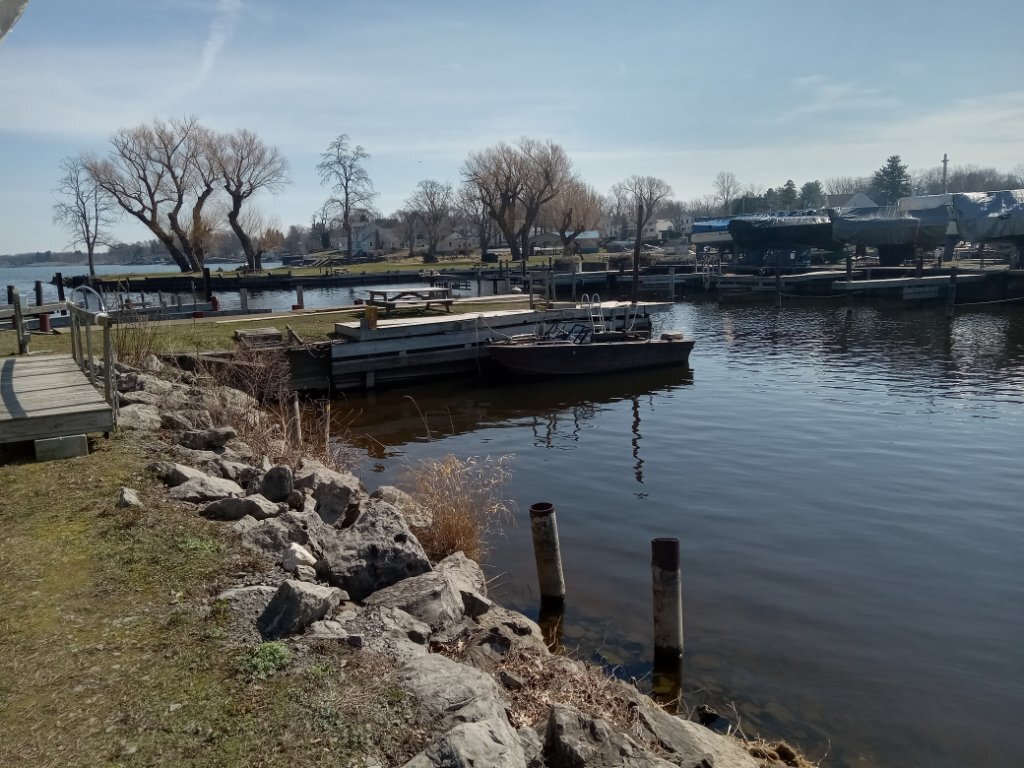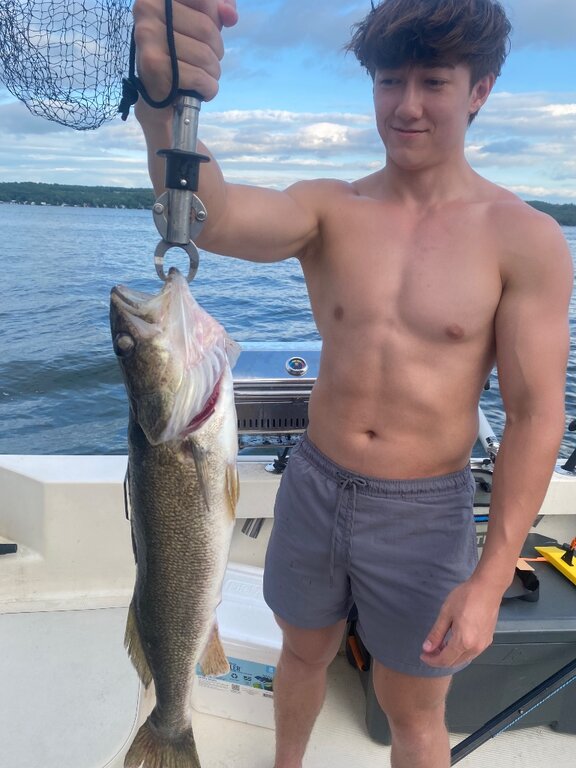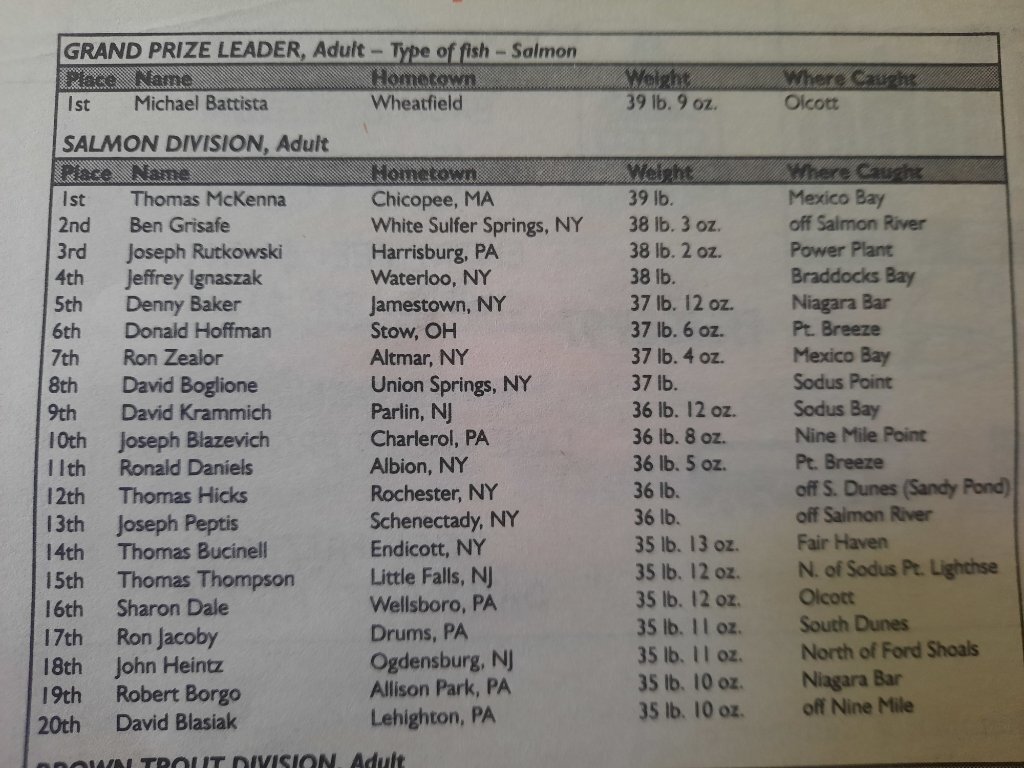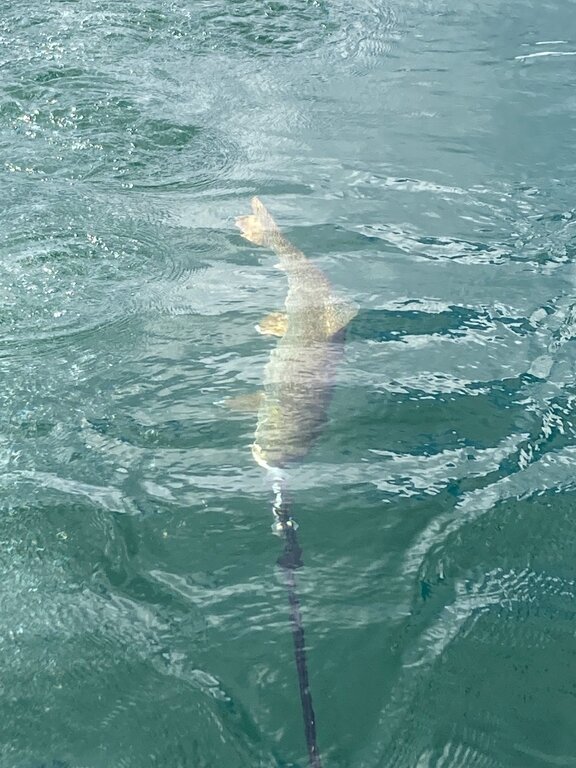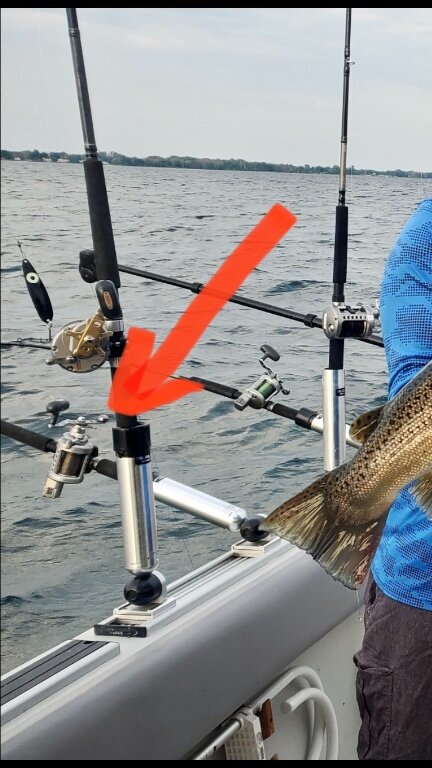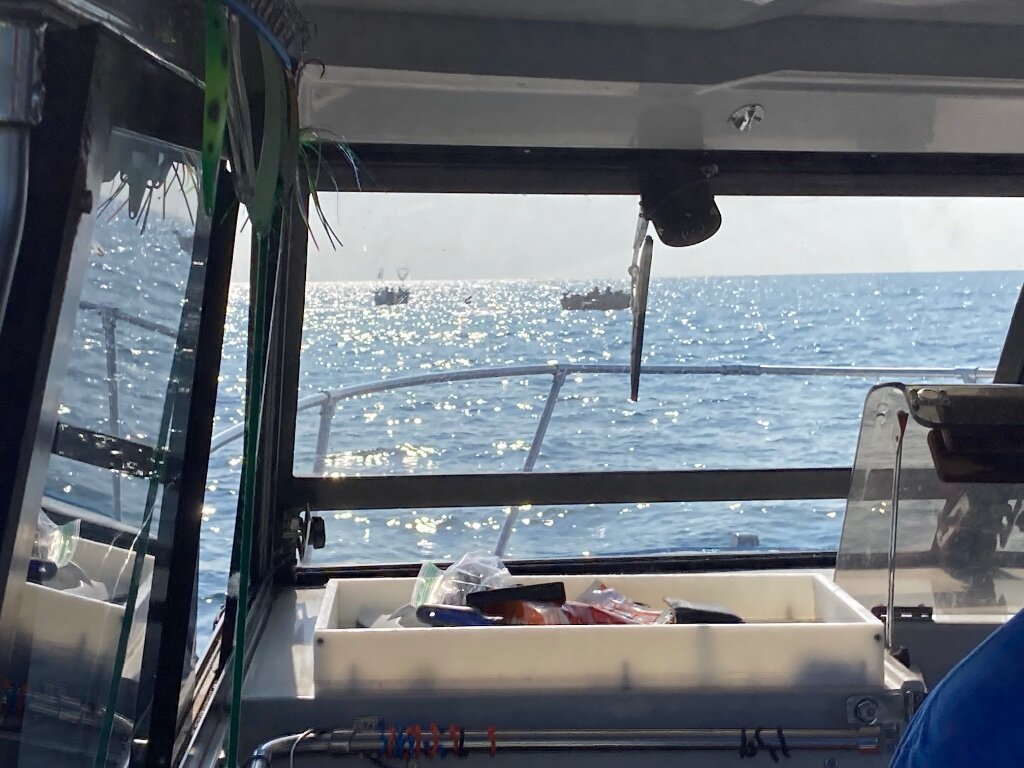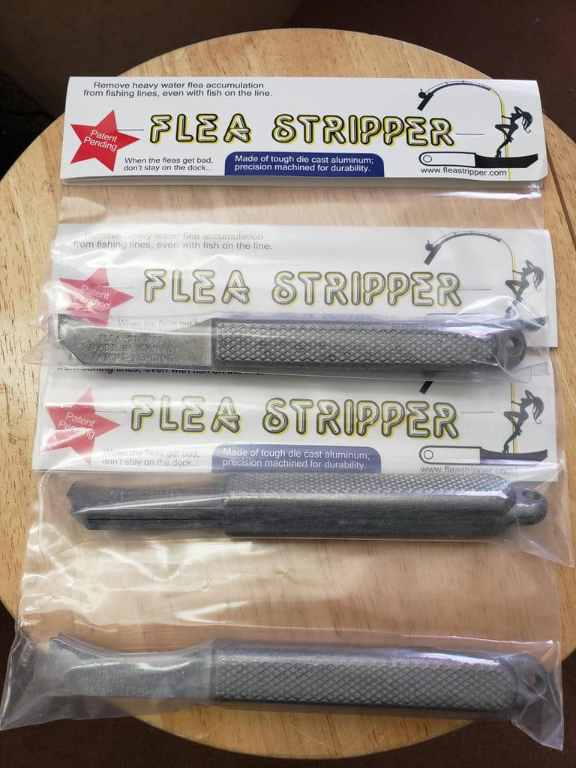-
Posts
13,802 -
Joined
-
Last visited
Content Type
Profiles
Forums
Events
Gallery
Store
Everything posted by Sk8man
-
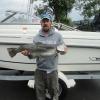
Pultneyville
Sk8man replied to john1947's topic in New York Fishing Reports - Lake Ontario (South Shore)
-
One of the reasons I suggested that that fish may have put in there is because during the late seventies through the eighties I used to night fish for trout at the south end of the lake where salmoseine is talking about along with dozens of other folks some of whom became charter captains on Lake O around that time and I never caught one, either saw a walleye caught, nor did I hear of any being caught despite that area especially around the diagonal bar where the drop is being the historic "hotspot" for walleyes and whitefish. The oldtimers caught both species in the late 1800's and early nineteen hundreds when Sutton and Hinckley were developing their trout spoons.
-
I have a fiberglass boat (Whaler) and an older Lowrance Elite unit with a transom mounted transducer and I can mark them going consistently 20-30 mph and bottom etc. around 40. That is why I said what I said before going through the process of installing a through hull.
-
I think your first thought should be to check the setup of your current transom mount transducer and make sure it is set up properly on your transom. You should be able to see fish going at that speed if you have the correct transducer for your unit and it is set up properly on your particular hull.
-

Copper and weighted steel, is it fun?
Sk8man replied to BRsnow's topic in Questions About Trout & Salmon Trolling?
If you go with coppers limit it to 300 ft max (the length of a (FOOTBALL FIELD). If you need additional depth add snap weights above the copper wire. There are times when copper outperforms leadcore and their signature in the water is different. If you use a 300 copper and intend to release fish it may require longer stabilization time for the fish in the water and some may not make it (especially rainbows). Because the copper wire does not stretch and most fluoro leaders have minimal stretch there is less "forgiveness" when hauling a large fish so you have to be a bit more careful. If using it deep with weights for example you may wish to go with a mono leader to provide a little stretch and where "stealth" may not be as critical. Like all the other setups copper is a "tool" in the box along with the other setups and l;ike the others it can be the most effective one in the box depending on conditions and circumstances. As mentioned a lot of care is needed in deploying copper (don't freespool it) to avoid kinks and birds nests. Having the right reel and drag system is also important -
-
-
-
-
If you go with the Saltist I'd say go with the new ones without the line counter on the side.
-
-
-
-

Wire Line Rods- Roller Tip Experience
Sk8man replied to tyler.woodard04's topic in Tackle and Techniques
-
-

Lead core or Copper on the finger lake
Sk8man replied to tandmbait's topic in Finger Lakes Discussion
Ive been out here since the 60's and that one was a singular specimen. I would be surprised if there are others that big.... -
-

Lead core or Copper on the finger lake
Sk8man replied to tandmbait's topic in Finger Lakes Discussion
It can work and it helps to know the lake but look for bait (which can often be right on or near bottom about now). 1 1/2 oz jigs with a tail from an alewife or shiner or shad. If you get light bite stay with it they can be finicky. -
Exactly what I was thinking.....
-

Lead core or Copper on the finger lake
Sk8man replied to tandmbait's topic in Finger Lakes Discussion
You got it -

Lead core or Copper on the finger lake
Sk8man replied to tandmbait's topic in Finger Lakes Discussion
I live right here and fish it but the recreational traffic in summer pushes me to fish other Fingers and Lake O. I have fished Canandaigua since the late 60's so I'm fairly familiar with it -

Lead core or Copper on the finger lake
Sk8man replied to tandmbait's topic in Finger Lakes Discussion
There are probably a million things that could be said here but each of these setups presents differently in the water and differ in flexibility of use. I would say the longest copper that is worth running on the Fingers is a 300 and with leadcore a ten color. The time of season makes a large difference. In the spring shorter lengths of each type are effective running ether sticks or spoons I have dedicated 1, 3, 5, 7, and ten color options.. As the summer moves on the thermocline (and desired temps) go deeper so the coppers and leadcores need to go there. The thermocline often goes to 70 ft and beyond so neither of them may get quite there so they may not be the best strategy then or use weights attached to them to get down further. A lot of care needs to be maintained running one of each at the same time of similar length in the spread as if they overlap and you will have the worst mess you can imagine. As far as cons to their use coppers can kink if you aren't careful letting them out or reeling them in. They can also "birds nest" on you for the same reason. They both vary depth according to your trolling speed. Leadcore can kink but is more forgiving but the lead inside can break and somewhat weaken it without your noticing it but the main strength is actually in the sheathiing that surrounds it so usually you are ok. There is a learning curve to deploying either of them and you should attach either above them on the braid etc. not on the leadcore or copper itself. Either can be run from boards or straight off the back down the "chute" and with a complicated spread you may want to do this and run it short down the middle avoiding riggers etc. These are the basic considerations - others may have additional things. Tip: deploy each of them slowly. -

Wire Line Rods- Roller Tip Experience
Sk8man replied to tyler.woodard04's topic in Tackle and Techniques
I have used roller tip rods for the past 50 years or more. I do not use the swivel type because I like to angle the rods in the rod holder so that the tips remain in a 45 degree angle or so. I don't know what roller tips yours are but a lot of the less expensive ones have more spacing between the roller and side plate so that smaller diameter braid and 7 strand wire wire nests between the side plate and the roller and it can actually snap the braid or wire if a big fish hits or you snag up on something if the wire is in that position. Another thing is that the cheaper roller tips have aluminum side plates which the 30 pound 7 strand wire can actually cut through like a hack saw, One solution is to purchase better roller tips but they can be quite expensive. Another option is to look around for some of the older Allen brand stainless roller tips (sometimes on older freshwater Seth Green rods or salt water rods). For years I have used these tips and moved up to 60 lb wire on my Seth Greens and problem solved but the wire has more "blowback" (from water resistance) which I have learned to live with. When using braid it is necessary to move up to much larger pound test than the 30 lb to avoid the problem. I quit using braid on wire setups for that reason after losing an entire Seth Green rig years ago. Another potential option is to switch to 19 strand wire as it doesn't cut through the side plates of the cheaper aluminum sideplates and just use straight wire to the fluoro leader dispensing with the braid. I have rods with twilli's as well and they work fine so that is another cheaper option but the rollers tend to be smoother when reeling in big fish. -
A couple things that may be worth mentioning: the distance back of the weight is something of a preference issue but it also depends on what type of attractor you intend to use before the fly. A Spin Doctor acts very different from a flasher and both from a dodger. In general the tighter to the ball you locate any of them the the more potential action from the attractor. I like to observe how they actually look next to the boat before fully submerging them. The length of the leader to the fly also can be important, and again it depends on which attractor is being used. It pays to look at how the setup is operating in the water before sending it to make sure it looks right. In general, the deeper you go with the rigger the closer to the weight you can be and this is especially true when down past 100 ft where you may encounter a mix of lakers and chinooks.


